The Samsung Galaxy S6 and S6 edge Review
by Joshua Ho on April 17, 2015 9:00 AM EST- Posted in
- Smartphones
- Samsung
- Mobile
- Galaxy S6
- Galaxy S6 Edge
Still Image Performance
As we’ve gone over the user experience and architecture of the camera, now it’s time to see if the Galaxy S6, and by extension the Galaxy S6 edge, performs when taking still images. Obviously, a camera is an extremely complex system, with a significant number of edge cases to handle and a large number of opposing characteristics to optimize for.
Ideally, we’d be able to do test shots of a test chart with standard lighting conditions to analyze with a program, but we’re still able to get a good idea for camera quality by taking some standard test chart photos and analyzing the results by eye, in conjunction with some standard test shots from real world test scenes. It’s important to note though that the nature of the test scenes means that it isn’t possible to ensure that a test shot is completely comparable from one phone to the next as lighting conditions in the real world can vary significantly. With these sorts of caveats in mind we can start to look at the results.
The first test we’ll look at is the ISO chart test, which uses closely spaced line pairs to give an idea of ideal spatial resolution as the target is solely composed of black and white to produce maximum contrast. There is a mild reduction in the perceived sharpness of the image here, but it’s likely that this is mostly due to a reduction in sharpening, although the wider aperture and field of view may contribute to this effect. However, the Galaxy S6 manages to maintain a much more faithful reproduction of the scene as the Galaxy S5 had noticeable lens shading in this test which caused a bit of a red/pink hue. There also noticeably less color artifacting towards the extremes of resolution when compared to the Note 4, and in general all three phones don’t appear to exhibit any kind of aliasing until after 18 line pairs per picture height. Samsung manages to control distortion relatively well here, as only the extreme edges of the frame don’t appear to be totally out of focus.
The one issue I notice on all three phones that is distracting in this test scene is the obvious haloing around high contrast edges, which basically means the entire photo is covered with halos that produces a distracting effect. Interestingly, despite the M9’s megapixel advantage the Galaxy S6 appears to have comparable resolution in this test, although it would take a RAW photo comparison to really figure out whether this is due to post-processing or a hardware difference.
Moving on to some of our “real world” test scenes, our first test is a long landscape shot, which should help with getting an idea for dynamic range and whether there are any aberrations that the ISO chart would miss. In this test, it appears that there’s still a minor regression in detail when comparing to the Galaxy S5, but it’s still out-resolving something like the iPhone 6 by virtue of the larger sensor and tighter pixel pitch. I suspect Samsung is being a bit too aggressive with noise reduction here as bleachers in the distance effectively have zero detail in this test. Although there wasn’t much detail on something like the Galaxy S5 in the same shot, there was additional detail but it seems that it came at the cost of noticeable color aliasing. It’s also possible that this is once again due to the wider aperture and shorter focal length, as there is still visible noise in the photo which suggests the amount of smudging isn’t too significant. When comparing the optics here against the Galaxy S5 we can actually see that Samsung has managed to reduce the amount of field curvature as the edges of the image are significantly sharper instead of appearing defocused.
Although the dynamic range of the Galaxy S6’s IMX240 sensor is inherently lower than an equivalent 1.5 micron pixel-size sensor due to the nature of CMOS image sensors, Samsung’s HDR mode is basically the best in the business. This mode effectively compensates for the relative lack of dynamic range in the sensor when taking a single exposure, and manages to avoid any of the issues that come from moving objects, hand shake, and high-contrast edges that most HDR implementations seem to have. Samsung really does deserve credit here for working around a hardware limitation in a way that’s seamless enough to not really have any downsides other than a possible increase to overall exposure time.
Speaking of exposure time, I did a quick test of the Galaxy S6 and iPhone 6 at the same time, taking a photo of the sky to try and see what the differences in shutter speed would be like. The iPhone 6 managed to use ISO 32 in this scene, with a shutter speed of 1/1980 of a second. The Galaxy S6 edge managed to do the same photo with comparable exposure with at ISO 40 with a shutter speed of 1/1484. If we assume that the EXIF data isn’t lying and that the ISO scales are comparable, this represents about a rather significant sensitivity advantage on the iPhone 6, which does mean that there is still a good reason to favor a larger pixel size if an OEM has the ability to demand a custom-designed sensor. This higher shutter speed could make the difference between a sharp and a blurry photo in some scenarios, but this is also strongly influenced by image processing.
However, the real test of most smartphone cameras these days is in low light. To get a good feel for this we'll start with our standard daylight test scene, but at night. In this standard test scene, we can see that the Galaxy S6 does end up improving over the Galaxy Note 4 by easing off on the amount of noise reduction used. Combined with the wider aperature of the Galaxy S6's optics there is a noticeable improvement to low light quality when compared to the Galaxy Note 4, and the Galaxy S5 by comparison horrific.
It seems that Apple still retains their edge here as the iPhone 6 Plus still produces a cleaner output, as some areas of the frame like the brick building on the far right of the frame still has more visible detail. There's also a strange artifact on the tree branches in the sky which appear to be a smear in the Galaxy S6 but is clearly visible when taken by the iPhone 6 Plus. Judging by this first photo it appears that the Galaxy S6 does improve on the Note 4's camera in a notable way, but Samsung is still just short of the iPhone 6 Plus in low light. There is an advantage in daytime resolution, but in low light the iPhone 6 Plus still seems superior.
In the interest of further low light comparisons to more fully examine the camera quality of the Galaxy S6, I took some additional comparison shots between the three major flagships of this year, the iPhone 6, Galaxy S6, and One M9. In this first shot we can see that the Galaxy S6 manages to outperform the iPhone 6 in a pretty significant manner judging by the increased detail on the brick building in the shot, but checking the EXIF data reveals that the Galaxy S6 is using a 1/10 second exposure time compared to the 1/15 second exposure of the iPhone 6. The One M9 is really unfortunate here as it has less detail than the iPhone 6 despite a larger sensor and longer exposure time, and compares even less favorably when compared to the Galaxy S6.
Although in the far landscape shots we saw that the Galaxy S6 was at somewhat of a disadvantage as the camera ended up in a bit of an uncomfortable point on the ISO/shutter speed curve, in this extreme low light situation we really see the wider aperture and longer shutter speeds come to the Galaxy S6's advantage when compared to something like the iPhone 6, but in this photo we can still see that the iPhone 6 has a visible shutter speed advantage there's visibly less motion blur on the people walking in the background.
In the daylight version of this photo we can see that the iPhone 6 and Galaxy S6 end up approximately similar in nature as the iPhone 6 is able to leverage a lower ISO to deliver lower noise and similar detail compared to the Galaxy S6 which keeps the same shutter speed but uses a higher ISO value (64 vs 50) to do so. The One M9 manages to use a lower ISO than the Galaxy S6 in this shot, but with a slightly lower shutter speed. Unfortunately, the One M9 still isn't able to keep up in performance here as there's visibly less detail in the photo when compared to the Galaxy S6, especially on the trees in the background of the photo.
Overall, the Galaxy S6's camera is a solid performer in still photos. There are a few post-processing issues that I can see but Samsung deserves credit for making a 1.1 micron pixel pitch camera perform as well as it does here. The F/1.9 aperture clearly helps in extreme low light cases like the inverted fountain at night, where the Galaxy S6 can take a well-exposed photo in even darker conditions than the iPhone 6. However, despite this Samsung is still unable to escape the laws of physics. For freezing motion the iPhone 6 and 6 Plus still have a better camera, and in low light situations where both the iPhone 6 and Galaxy S6 can achieve proper exposure the iPhone 6 tends to do better. Depending upon the situation though it's possible that the Galaxy S6 can leverage a longer exposure time to deliver lower noise and higher detail, but at the cost of more motion blur in any moving subject.


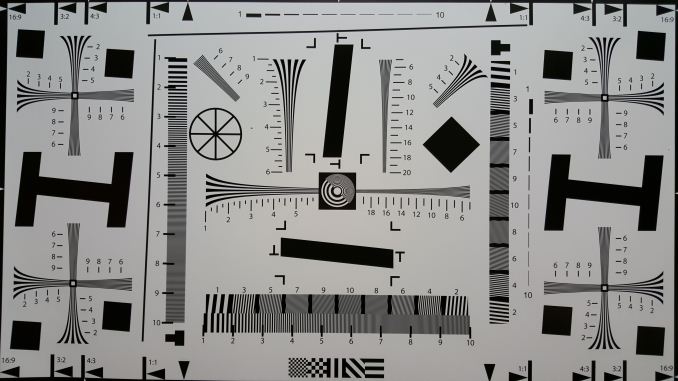






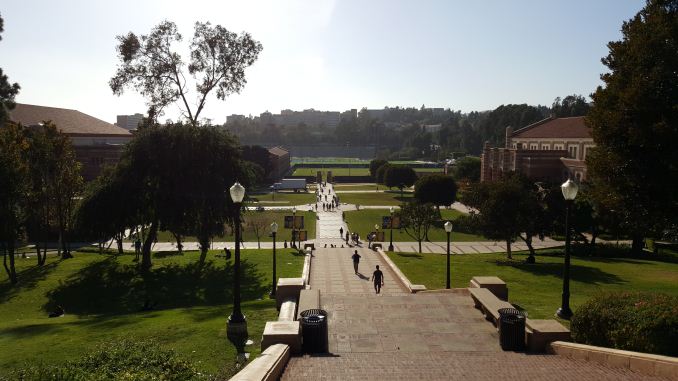






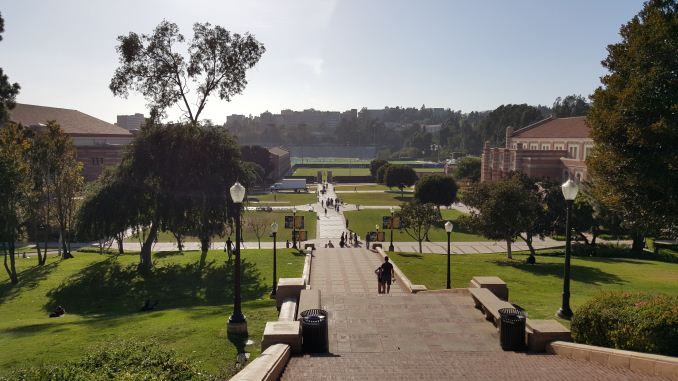






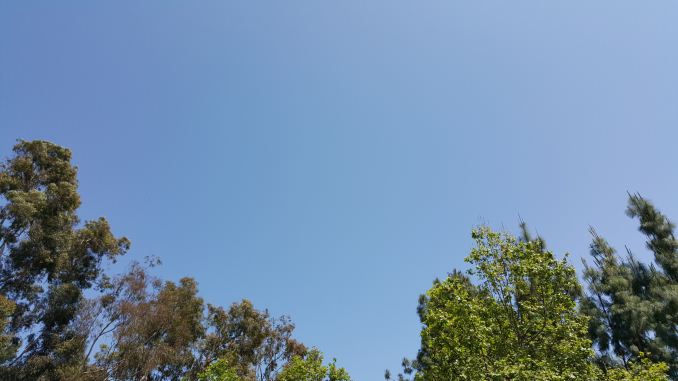
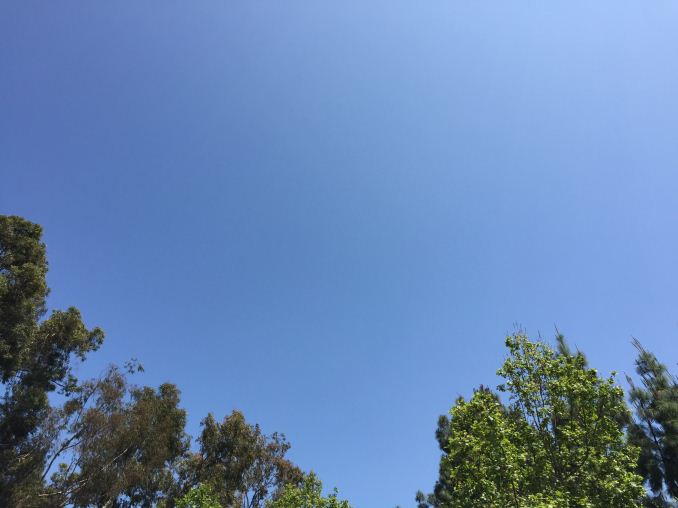
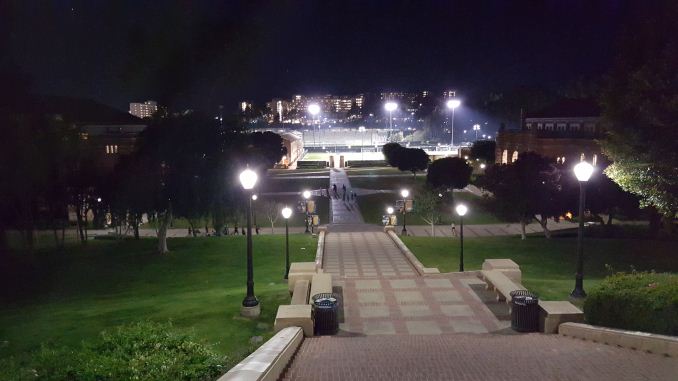








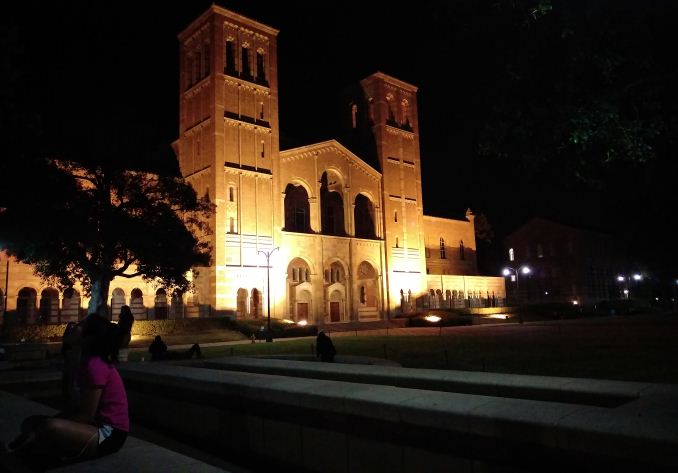
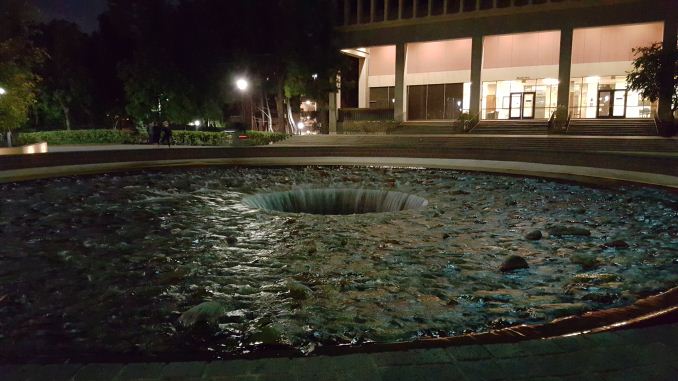
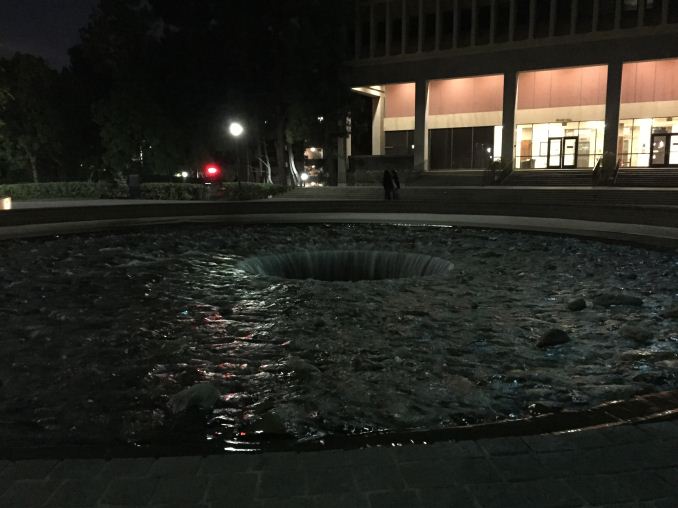
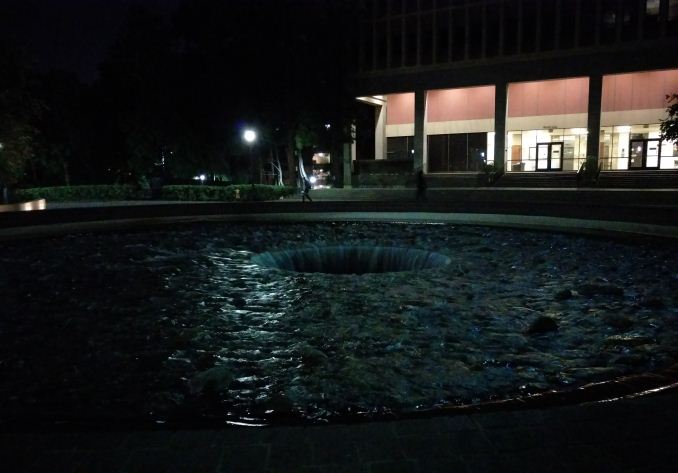











306 Comments
View All Comments
Notmyusualid - Friday, April 17, 2015 - link
Dead wrong pal - I'm keeping hold of my wireless charging GS5, which includes an SD slot.lilmoe - Friday, April 17, 2015 - link
They will lose lots of "power users", but they'll conversely gain a couple of orders of magnitude more "casual consumers"...Sorry, we power users might have made a significant percentage 2-3 years ago, but now we're a very small minority in the smartphone market, and catering to us via mainstream devices is no longer an option for OEMs...
The Galaxy Note might have been considered niche 2 years ago, but that's absolutely no longer the case. If a device market is no longer niche, then expect a similar streamlining makeover.
FlushedBubblyJock - Friday, April 17, 2015 - link
You have been catered to. Exactly catered to.Whining about the cheap plastic feel, endlessly.
Now your solution has arrived. If it doesn't come screwed, it won'r feel flimsy and cheap.
You literally begged for it, for years, as did all your fellow elite power users.
Gigaplex - Friday, April 17, 2015 - link
I use microSD and never whined about plastic. In fact, I would rather plastic than glass any day, regardless of microSD support. Glass just isn't durable.theduckofdeath - Saturday, April 18, 2015 - link
There will never be a phone that pleases everybody. But the fact that this phone seems to outsell the GS5 by at least 100% is an indication that Samsung made the right choice, with a broader perspective than a single internet commenter's opinion.piiman - Saturday, April 18, 2015 - link
" But the fact that this phone seems to outsell the GS5 by at least 100% is an indication that Samsung made the right choice, with a broader perspective than a single internet commenter's opinion."I doubt your 100% is correct but do you really believe people read that the battery isn't changeable and go "WOW that's the phone for me"? Or "look I can't add memory , whatever that is, so I'm buying it!" Its far more likely they are buying it for its looks and features not lack of.
theduckofdeath - Saturday, April 18, 2015 - link
Like I said, a few loud haters on the internet won't affect the bigger picture. And yes, all the reports are pointing at at least 100% better initial sales than the S5. It's actually "so bad" that Apple seems to be forced back to using the unreliable TSMC as their main supplier of processors, as Samsung can't keep up with the production for their own devices at the moment.FlushedBubblyJock - Friday, April 24, 2015 - link
" leading at least one Samsung exec to boldly state that the Galaxy S6 and S6 Edge could reach over 70 million units sold. Unfortunately, a new report from Korea indicates that out of the 300,000 pre-orders, only 200,000 units have been sold. This suggests early forecasts may have been inaccurate."Yes, 100% theduckofdeath ... totally..
http://www.androidauthority.com/samsung-galaxy-s6-...
FlushedBubblyJock - Friday, April 24, 2015 - link
Congrats giga - though of course I didn't mean you nor anyone specifically.The metal industrial design meme aka apple clone mania is a thing - gotta have the overpriced mazerati right or you just ain't with it...
One suspects there's a nationwide ban on belittling apple, since it had a massive #1 stock market spot that all the investment channels gloated and blabbed on about - so it's a national security imperative in economic collapse times to only praise apple and demand all others mimic.
I'd bet the unspoken pressure is enormous.
akdj - Sunday, May 31, 2015 - link
Kinda funny though. Nearly 300 responses and you're the only one droning on and on about 'Apple'. Why? No one's even mentioned Apple -- nor has Apple made a glass phone nearly four years! Lol. Month later ...going through the responses as an owner of the S6, your contributions seems so out of place in this conversation. Kind of like the buddy that's drank a bit too much at the party and won't stop telling everyone how much he loves 'em...